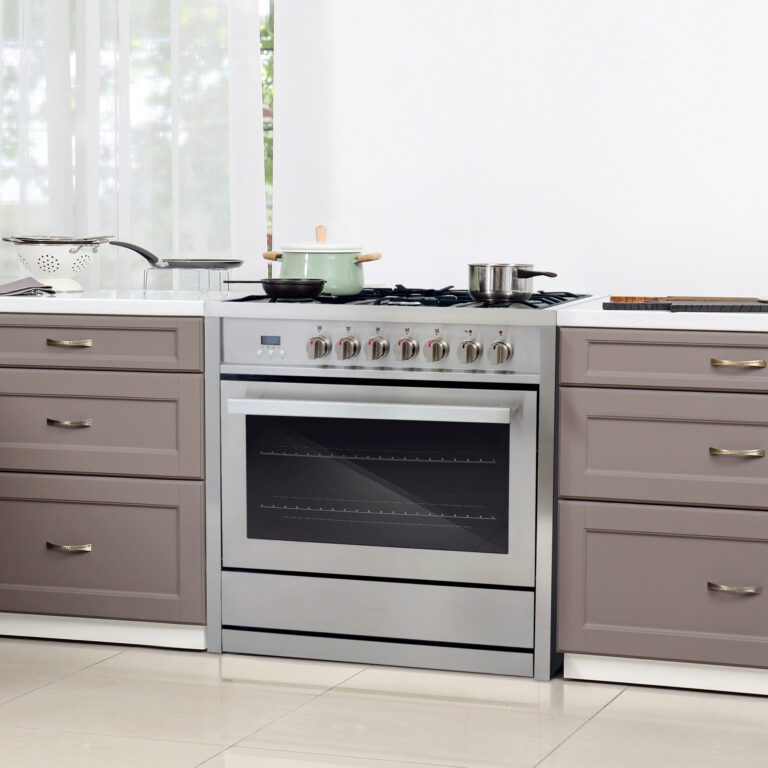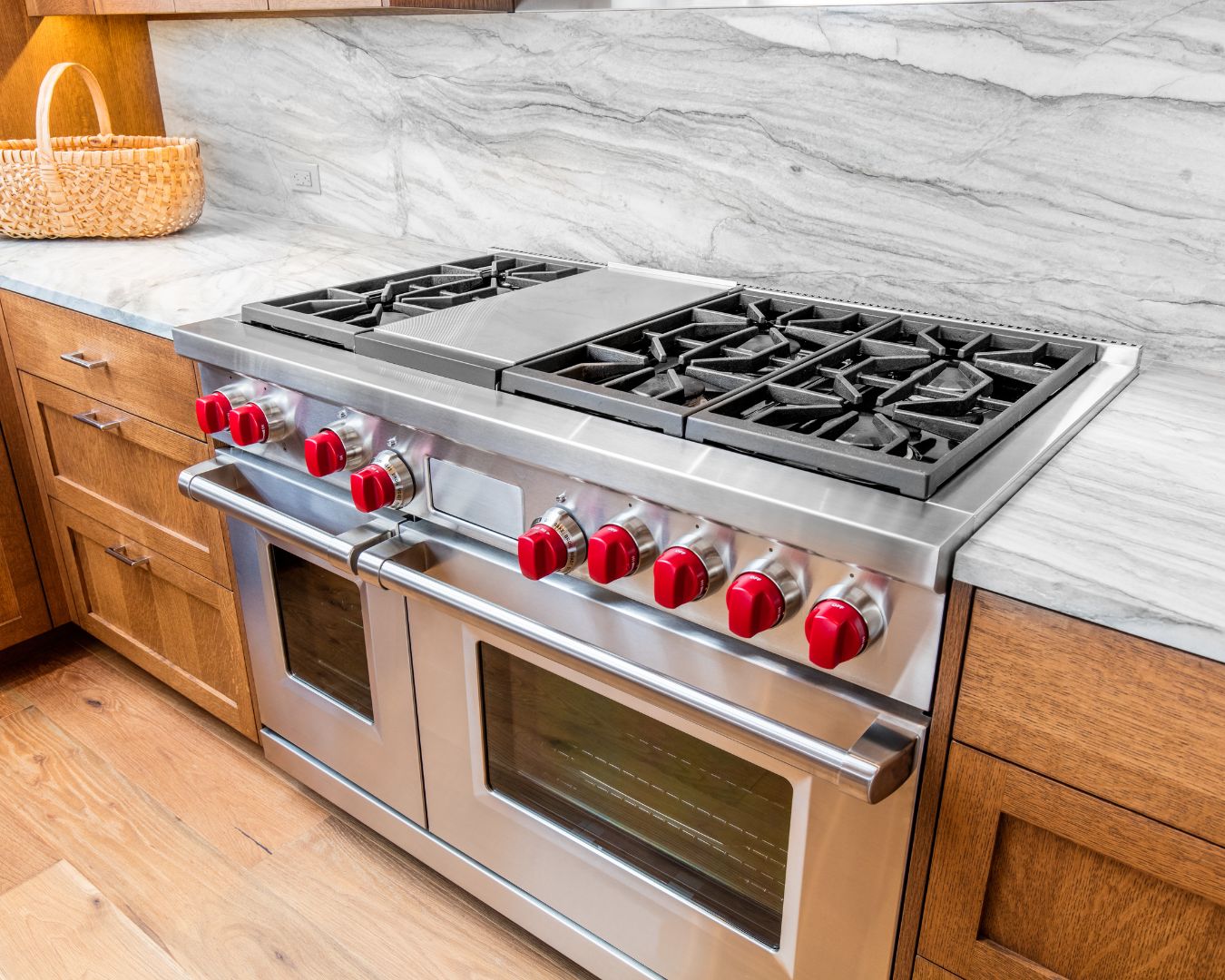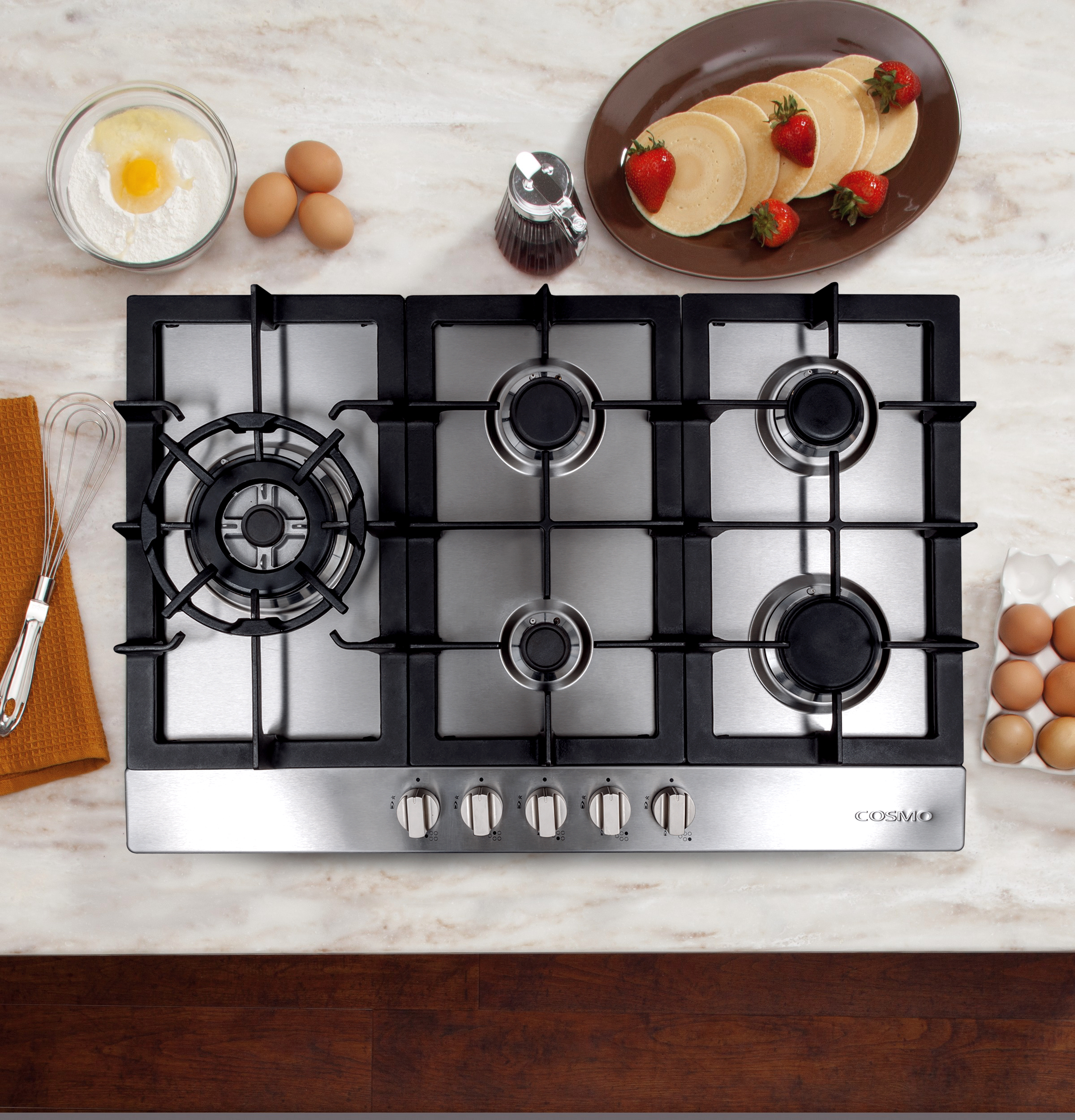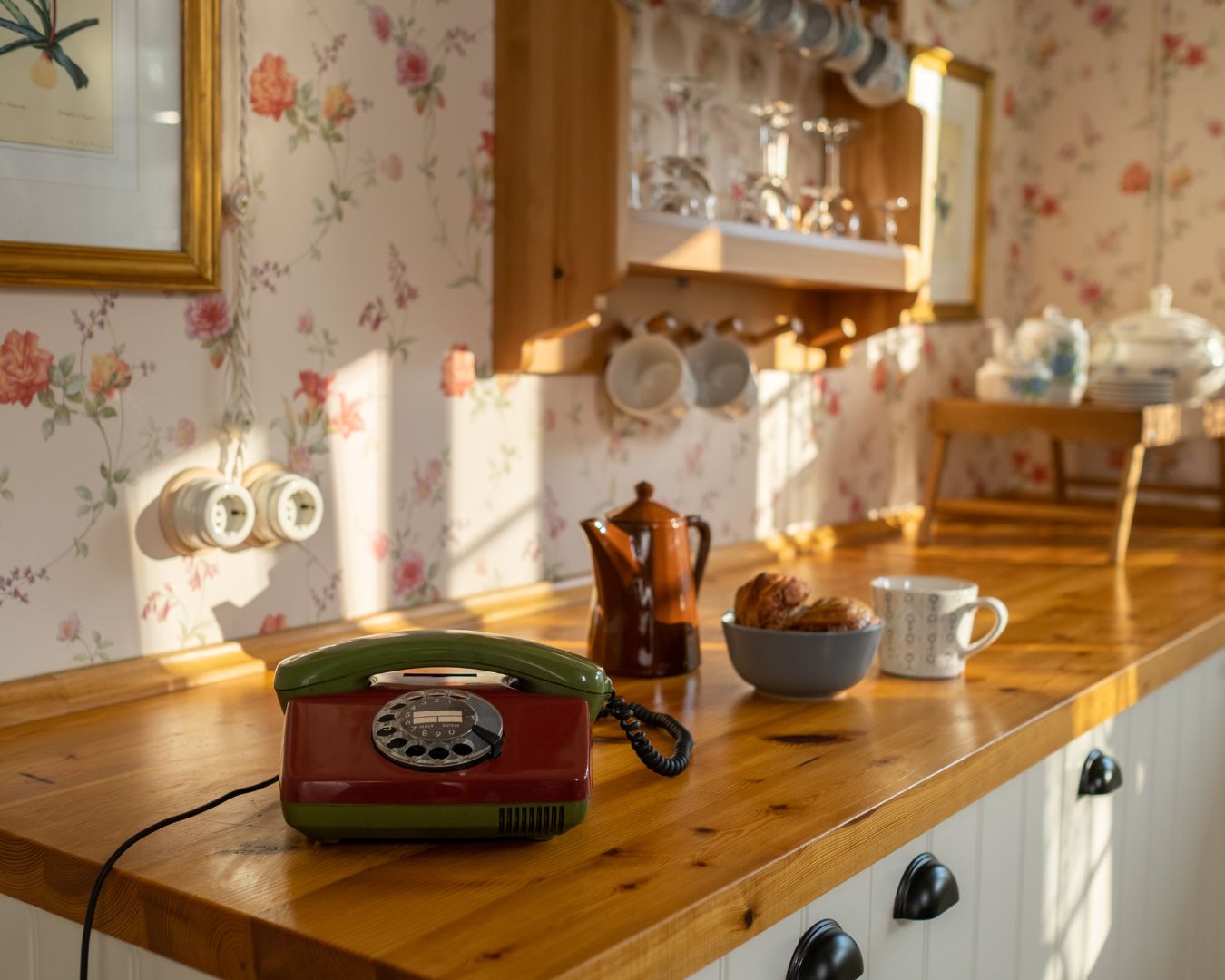Kare-Kare, with its rich peanut sauce and tender meat, is a beloved dish in Filipino cuisine that embodies the warmth and comfort of home-cooked meals. While it may seem intimidating to recreate this iconic dish at home, with the right ingredients and techniques, anyone can master the art of making Kare-Kare. Embark on a flavorful journey into the heart of Filipino cooking and learn how to make Kare-Kare from scratch in your own kitchen. Ingredients: To make Kare-Kare, you will need: Instructions: 1. Prepare the Peanut Sauce: In a skillet, heat some cooking oil over medium heat. Add the ground peanuts and toast them until golden brown and aromatic. Remove the peanuts from the skillet and set aside. In the same skillet, add the rice flour and toast it until lightly browned. In a separate pot, combine the toasted peanuts, rice flour, annatto seeds, beef broth, chopped onion, and minced garlic. Bring the mixture to a boil, then reduce the heat and let it simmer for about 30 minutes, stirring occasionally. 2. Cook the Meat: In a separate pot, bring water to a boil and add the oxtail or beef tripe. Let it boil for about 5 minutes, then drain the water and rinse the meat under cold water. In the same pot, add fresh water and bring it to a boil again. Add the parboiled meat and simmer until tender, about 2 to 3 hours for oxtail or 1 to 2 hours for beef tripe. 3. Add the Vegetables: Once the meat is tender, add the assorted vegetables to the pot. Simmer until the vegetables are cooked through but still crisp-tender. 4. Combine and Season: Once the meat and vegetables are cooked, add the peanut sauce to the pot. Stir until well combined and let it simmer for a few more minutes to allow the flavors to meld together. Season the Kare-Kare with fish sauce or shrimp paste, salt, and pepper to taste. Adjust the seasoning according to your preference. 5. Serve and Enjoy: Transfer the Kare-Kare to a serving dish and garnish with chopped scallions and crushed peanuts. Serve the Kare-Kare hot with steamed rice and shrimp paste on the side for dipping. Enjoy this delicious and comforting Filipino dish with family and friends, and savor the flavors of Kare-Kare that evoke memories of home. Making Kare-Kare from scratch may require time and effort, but the end result is well worth it. With its rich and creamy peanut sauce, tender meat, and vibrant array of vegetables, Kare-Kare is a dish that embodies the heart and soul of Filipino cuisine. So, roll up your sleeves, gather your ingredients, and embark on a flavorful journey into the world of Kare-Kare—a dish that is sure to delight your taste buds and warm your soul.










